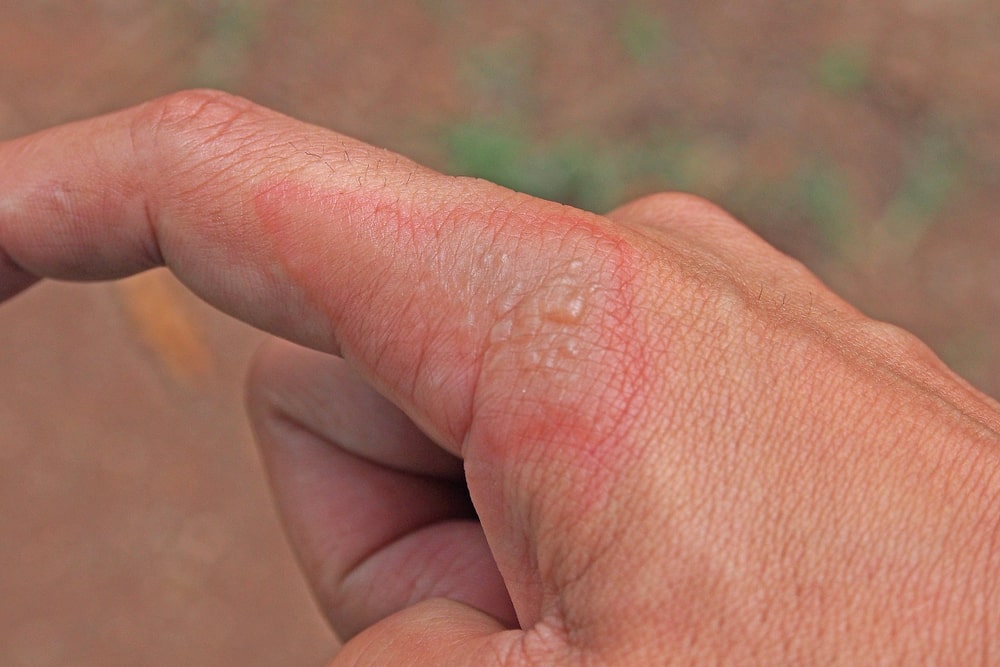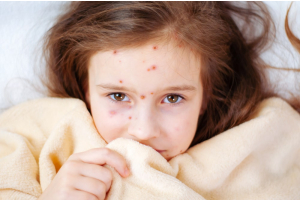What is Impetigo? Causes, Symptoms and Risk Factors

Impetigo is a common and highly contagious skin infection that primarily affects infants and young children. It's characterised by red sores or blisters that can break open, ooze fluid and develop a yellow-brown crust.
Although impetigo can be uncomfortable and unsightly, it's usually not serious and often clears up on its own within a few weeks. However, treatment can speed up recovery, reduce the risk of complications and prevent the spread to others.
What are the Causes of Impetigo?
Impetigo is caused by two types of bacteria: Streptococcus pyogenes (group A strep) and Staphylococcus aureus. These bacteria can enter the skin through cuts, insect bites or other minor injuries or even through healthy skin. Once the bacteria are on the skin, they can cause infection and lead to the development of impetigo.
What are the Symptoms of Impetigo?
The symptoms of impetigo vary depending on the type of impetigo, but they generally include:
● Red sores or blisters: These can appear anywhere on the body but are most common around the mouth, nose and hands. The sores can be itchy and may fill with fluid before bursting and forming a crust.
● Honey-coloured crusts: After the blisters burst, they leave behind a yellow-brown crust that is a hallmark sign of impetigo.
● Itching and discomfort: The affected area may be itchy and uncomfortable.
● Swollen lymph nodes: In some cases, the lymph nodes near the infected area may become swollen.
What are the Types of Impetigo?
There are two main types of impetigo:
● Non-bullous impetigo: This is the most common form, characterised by small red sores that quickly rupture and form a yellow-brown crust.
● Bullous impetigo: This form is less common and is characterised by larger blisters filled with clear fluid that eventually burst and form a yellow crust.
What are the Risk Factors for Impetigo?
Impetigo can affect anyone, but certain factors can increase the risk of developing the infection:
● Age: Impetigo is most common in children aged 2 to 5 years.
● Crowded environments: Places where people are in close contact, such as schools and daycares, can facilitate the spread of impetigo.
● Warm, humid weather: The bacteria that cause impetigo thrive in warm, moist conditions.
● Skin injuries: Cuts, insect bites and other skin injuries can provide an entry point for bacteria.
● Existing skin conditions: People with eczema, dermatitis or other skin conditions are more susceptible to impetigo.
● Poor hygiene: Infrequent bathing and hand washing can increase the risk of impetigo.
How to Prevent and Treat Impetigo?
Preventing impetigo involves practising good hygiene, such as washing hands regularly and keeping skin clean and dry. It's also important to treat any cuts or insect bites promptly and to avoid sharing personal items like towels and bedding with someone who has impetigo.
If you or your child develops impetigo, it's important to seek medical treatment. Treatment typically involves antibiotic ointment or oral antibiotics to clear the infection and prevent it from spreading. In the meantime, avoid scratching or touching the sores to prevent spreading the bacteria to other parts of the body or to other people.
Get Prompt Care with Pearl Chemist Group - No GP Visit Needed
Impetigo is a common and highly contagious skin infection that mainly affects children. It's caused by bacteria and characterised by red sores or blisters that form a yellow-brown crust. While impetigo can be uncomfortable, it's usually not serious and can be effectively treated with antibiotics. Practising good hygiene and seeking prompt treatment can help prevent and manage this condition.
Experience hassle-free healthcare with Pearl Chemist Group's Pharmacy First at Banstead, Earlsfield, Epsom, London and Merton. Say goodbye to long waits at the GP - our online consultations provide immediate access to expert advice and treatments for a range of minor ailments. Book your online consultation today and take the first step towards convenient, personalised care.






